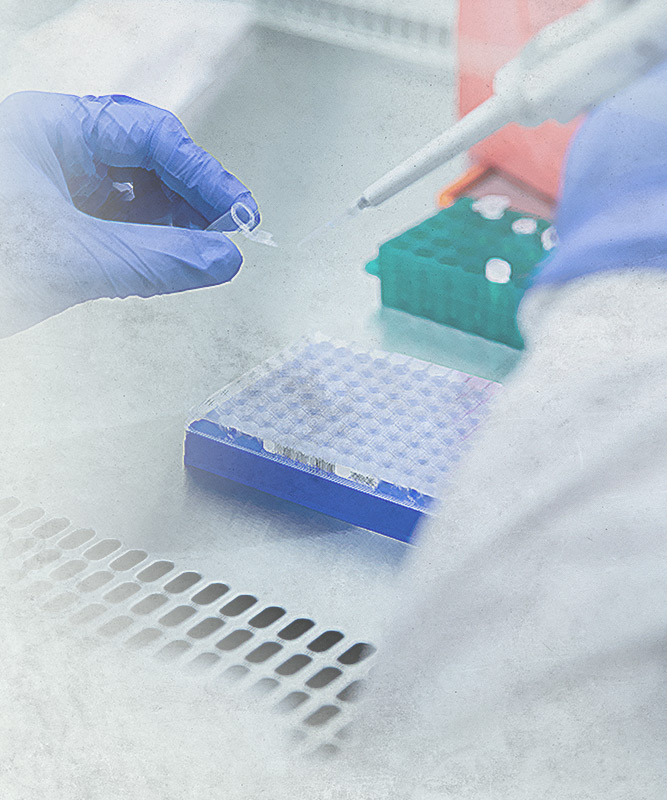Chapter 8
Trial
Charges
On 16 October 2017, D1 and D2 were charged with the respective offences set out below and subsequently brought to the Kwun Tong Magistracy for mention.
D1 was charged as follows under section 4(2)(a) of the POBO, Cap. 201:
D1, being a public servant, on or about 8 September 2015, in Hong Kong or elsewhere, without lawful authority or reasonable excuse, accepted an advantage, namely a gift, loan, fee, reward or commission consisting of money in the sum of HK$50,000 from D2, as an inducement to or reward for or otherwise on account of D1 performing or abstaining from performing or having performed or abstained from performing an act in his capacity as a public servant, namely being or remaining favourably disposed to Contractor S, Company A, Company B, Company C and/or Company D.
D2 was charged as follows under section 4(1)(a) of the POBO, Cap. 201:
D2, on or about 8 September 2015, in Hong Kong or elsewhere, without lawful authority or reasonable excuse, offered to D1, namely a public servant, an advantage, namely a gift, loan, fee, reward or commission consisting of money in the sum of HK$50,000, as an inducement to or reward for or otherwise on account of D1 performing or abstaining from performing or having performed or abstained from performing an act in his capacity as a public servant, namely being or remaining favourably disposed to Contractor S, Company A, Company B, Company C and/or Company D.
DNA evidence
As the case only presented circumstantial evidence, DNA evidence became significant in whether the defendants could be duly charged.
The test report of the Government Laboratory revealed that DNA mixtures, of which D2 was the main source, were found on the surfaces of the envelope and the banknotes seized from D1.
While the prosecution believed that the HK$50,000 was a bribe from D2 to D1, the defence argued that the relevant DNA evidence was insufficient to prove that since D2's DNA might be transferred to these banknotes indirectly.
The expert witness (Chemist of the Government Laboratory) justly stated that she could not rule out the possibility that D2's DNA found on the banknotes and envelope might come from another source as, for example, DNA could be transferred via a handshake. "However, in this case, the DNA left by the person who last exposed to the object should be more than that from the indirect contact; and the amount of DNA left by the latter would not be sufficient to become the main source," she further explained.
While the expert witness could not rule out the possibility of "indirect contact" leaving behind the DNA, there was no evidence to support the possibility of indirect contact either. In addition, DNA mixtures from D2 were not only detected on a single object, but also on many different spots.
The magistrate did not ignore the possibility that the DNA of D2 could be left through indirect contact. However, based on the lack of evidence to suggest through what kind of indirect contact D2's DNA was transferred to the objects found on D1, it was almost impossible to leave behind DNA through indirect transfer. Based on the evidence in the case, the magistrate held that the only irresistible inference was that the banknotes inside the envelope were given to D1 by D2.

Bribe vs Sweetener
Another issue raised in court was whether the HK$50,000 was an inducement or reward for any specific act (quid pro quo) or purely a general sweetener to maintain a good relationship.
In the judgment, the magistrate held that the prosecution basis was very lucid. "The HK$50,000 was not used as an inducement or reward for a specific act relating to the tunnel project, but an inducement or reward for D1, in his capacity as a public servant, "to be or remain favourably disposed to" D2 and his affiliated companies, which is commonly known as "general sweeteners".
D1, as a public servant, was authorised to approve and recommend road works subsequently carried out by Contractor S in Kwun Tong District, and D2 was once the site agent of Contractor S for the road works in Kwun Tong District. Contractor S subcontracted the works to engineering companies of which D2 was a shareholder-cum-director. The two defendants had close work relationship, and D2 could be benefited from the works orders approved or recommended by D1. The duo were certainly aware of the conflict of interest between them and they should avoid having dealings as far as possible.
Why did D2 give such a large amount of cash to D1 and at a time so shortly after he initiated the funding application for the tunnel project before his transfer? Under such circumstantial evidence, the magistrate had the absolute right to draw the irresistible inference that the HK$50,000 was an inducement or reward for D1 "to be, or remain favourably, disposed to" D2's affiliated companies, and the two defendants respectively accepted and solicited the advantage with intent to commit bribery.
There was no evidence to support that the two defendants had any connection other than work relationship. By repeatedly emphasising the business relationship between the duo, the prosecution simply provided the background factual evidence that D1 accepted the sweetener with a view to proving that the HK$50,000 was in relation to his duties, but not D1's specific act of applying for the funding approval for the tunnel project. The magistrate ruled that "the only and irresistible inference" was that the HK$50,000 had a "general connection" with D1's official position. As such, the two defendants were found guilty as charged.